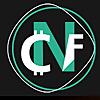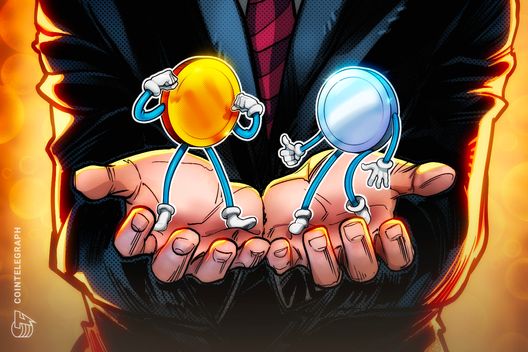ARTICLE AD BOX

- Mastercard says nearly half of its European e-commerce payments are now processed using tokenization technology.
- Mastercard plans to fully tokenize all European online payments by 2030, integrating Click to Pay and other crypto innovations.
Who would have thought that online shopping cards could undergo a silent but far-reaching change? Mastercard has announced that almost half of all e-commerce transactions in Europe now use a tokenization system. So, if you have been shopping online and feel that your transactions are faster and safer, it could be the result of this technology.
Tokenization, in short, is a way to disguise sensitive data such as debit or credit card numbers with random codes that can only be used once and only in certain places. That way, the risk of data theft can be reduced without having to change user shopping habits.
 Mastercard Ramps Up Tokenization in Europe
Mastercard Ramps Up Tokenization in Europe 
Nearly 50% of all e-commerce transactions processed by Mastercard in Europe are now tokenized which a major step in real tokenization adoption.
The company aims for 100% tokenization by 2030.
This marks a major shift toward a… pic.twitter.com/zrGnxzyjFI
— Bitcoinsensus (@Bitcoinsensus) June 5, 2025
Click to Pay and the Road to Full Tokenization by 2030
Interestingly, Mastercard is targeting to implement a full tokenization system throughout Europe by 2030. They have even started combining this technology with other features that support a smoother shopping experience.
One of them is the Click to Pay service, which allows the checkout process without having to retype the card number. Not only does it make it faster, but it also reduces the drama of forgetting passwords or mistyping card numbers.
Mastercard Teams Up to Bring Crypto Cards to Real Life
On the other hand, Mastercard is apparently quite busy expanding the reach of crypto-based payments. CNF previously reported that they had partnered with MoonPay to launch a payment card that can be used directly at more than 150 million merchants.
This card can spend stablecoins like USDC, then automatically convert them to fiat currency during the transaction. This means you can buy coffee using crypto without the hassle of manual exchange first. This is clearly a big step that can accelerate the adoption of crypto in everyday life.
Furthermore, Mastercard is also supporting the launch of a debit card specifically for the Polkadot ecosystem with Nova Wallet and Mercuryo. Launched in early June 2025, this card allows users to top up their balance with DOT tokens and make payments at regular merchants, including via Apple Pay and Google Pay.
Just like the previous collaboration, this card is also equipped with an automatic conversion system to euros. So, you don’t have to be a Web3 developer first to be able to enjoy shopping with DOT.
However, the most interesting thing is Mastercard’s collaboration with a crypto compliance company called Notabene. They integrated the Crypto Credential feature into the SafeTransact platform.
So, instead of having to type a crypto wallet address as long as a nuclear secret code, users can simply send it to an email or an easy-to-remember alias. It’s like saving an account number under a contact’s name, and well—it should have been that simple from the start, right?
Mastercard is clearly trying to remove complexity from the digital payments process. In addition to security, tokenization also helps speed up the transaction process and increase the success rate of payments.
In fact, they say more than half of European consumers find it annoying to have to create a new account at checkout, and more than 80% are frustrated by slow payment processes. So the solution they’re pushing isn’t just a cool technology, it’s an answer to a real pain point for users.
.png)
 15 hours ago
2
15 hours ago
2








 English (US)
English (US)